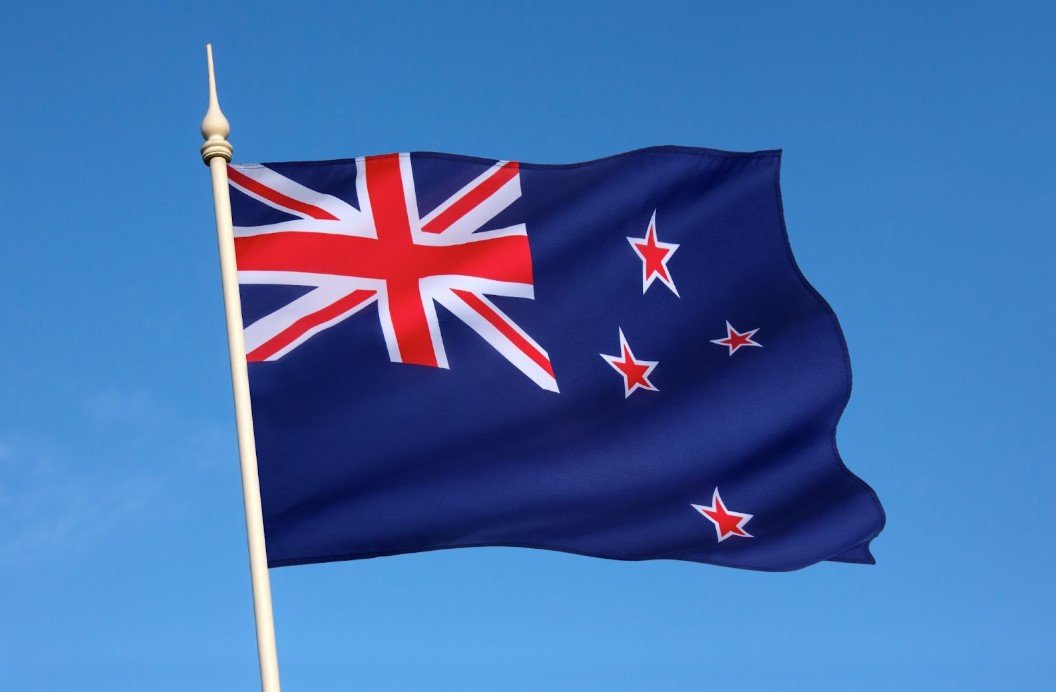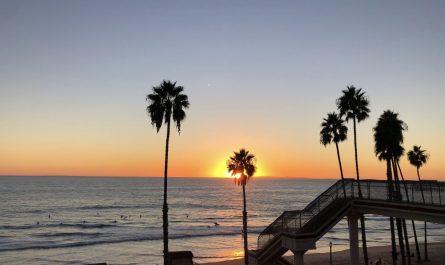Nestled in the embrace of the Pacific Ocean lies a realm of stunning landscapes, unique wildlife, and a vibrant Māori culture. Welcome to New Zealand, a country that captivates the imagination with its breathtaking scenery and fascinating heritage.
Are you interested in learning more about this amazing country? Fasten your seatbelts as we embark on an adventure to uncover the twelve most captivating facts about the land of the Kiwis.
Let’s dive right in!
Table of Contents
1. New Zealand is part of the Commonwealth realm.
New Zealand is a constitutional monarchy and a member of the Commonwealth realm. This means that while New Zealand operates as an independent nation with its own government and laws, it recognizes the British monarch as its symbolic and ceremonial head of state.
Including English royalty, specifically Queen Elizabeth II, on New Zealand currency reflects this constitutional arrangement and the historical ties between the two countries. To learn more about the New Zealand dollar, check out this link: usfirstexchange.com/currencies-New-Zealand-Dollar.
2. New Zealand is one of the least populated countries in the world.
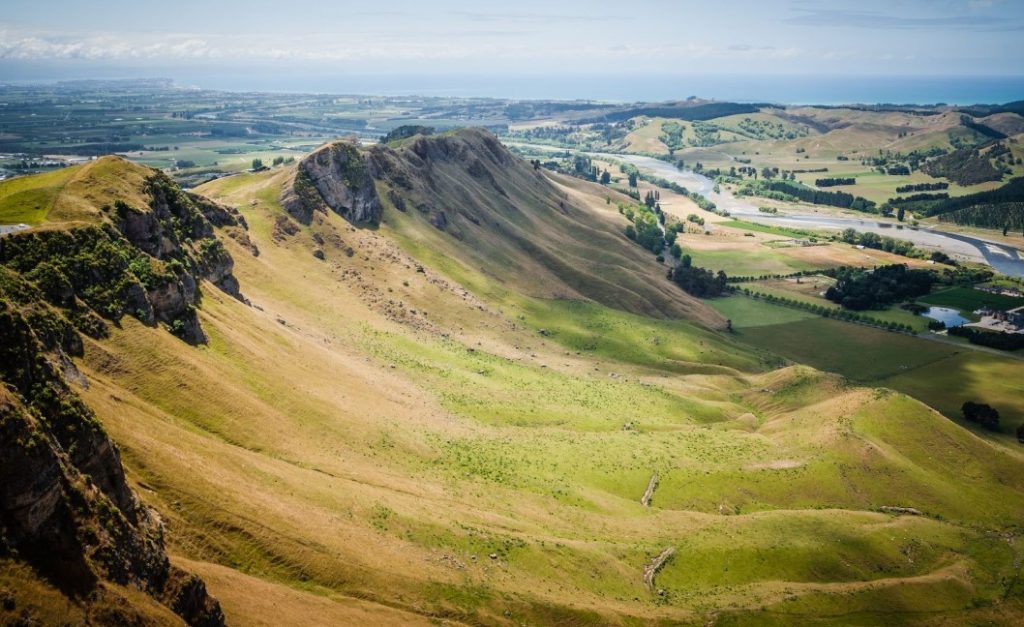
New Zealand stands out as one of the least populated countries globally, even though its size and climate are comparable to those of the United Kingdom, a country with around 13 times more people. This significant population disparity can be attributed to several factors.
First, New Zealand’s remote location in the South Pacific has historically limited accessibility and immigration. Additionally, the country’s rugged terrain, with mountains and forests, has posed challenges for settlement and infrastructure development.
3. New Zealand was the last modern country inhabited by humans.
New Zealand remained uninhabited by humans until around 1300 CE. The Māori people, Polynesian navigators, were the first to reach its shores, making New Zealand the last modern country to be inhabited. Their remarkable seafaring skills allowed them to traverse vast distances across the Pacific Ocean and establish vibrant communities.
This isolation from human influence led to the evolution of distinct flora and fauna, including flightless birds like the kiwi. The Māori’s arrival marked the beginning of a new chapter in New Zealand’s history, shaping its culture, society, and environment.
4. Maori are the second largest ethnic group in New Zealand, after European New Zealanders.
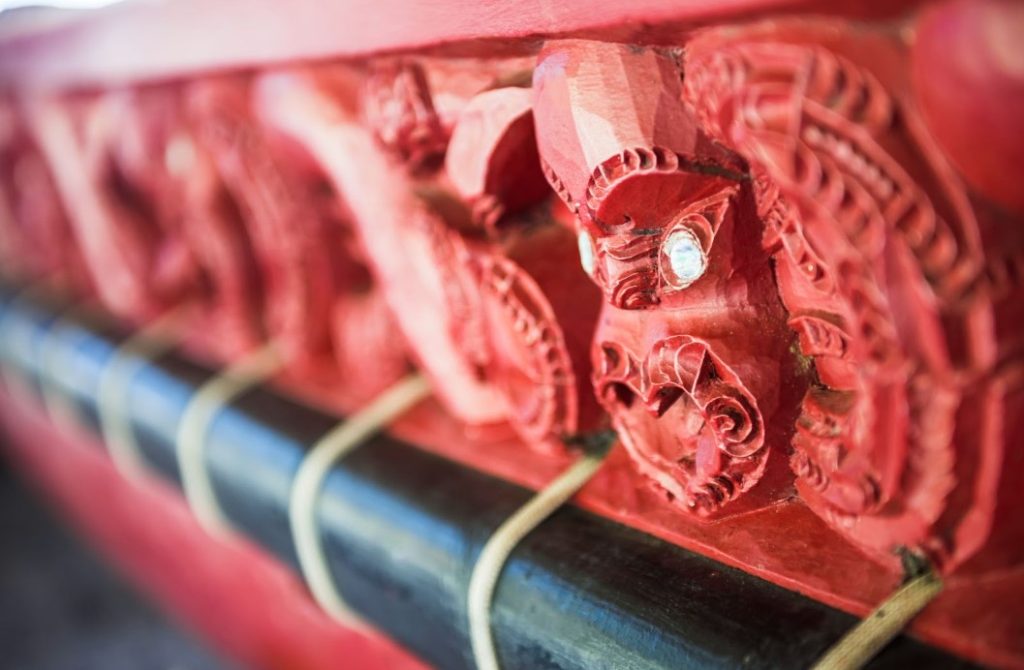
The Māori, constituting the second-largest ethnic community in New Zealand, hold a significant place alongside European New Zealanders. Their vibrant culture is deeply intertwined with the country’s identity. The Maori people bring unparalleled richness to New Zealand’s cultural landscape, with origins traced back to Polynesian voyagers.
Their intricate art forms, including the famous traditional tattoos (Tā moko) and captivating wood carvings, showcase their artistic prowess. The Maori language, Te Reo, adds an indigenous linguistic melody to the nation.
Additionally, the haka, a powerful ancestral dance, is globally recognized for its intense energy and displays of strength. Through their language, art, and customs, the Māori honor their heritage and contribute to New Zealand’s diverse and multifaceted society.
5. New Zealand was discovered by Europeans in the 17th century.
New Zealand was first discovered by Europeans in 1642 when Dutch explorer Abel Tasman reached its shores. Sailing on behalf of the Dutch East India Company, Tasman’s expedition marked the initial European contact with the islands. However, his encounters with the indigenous Māori people were not peaceful, leading to conflicts and misunderstandings.
It wasn’t until British explorer James Cook’s visits in the late 18th century that more extensive exploration and mapping of New Zealand took place, eventually leading to increased European interest and settlement in the region.
6. The nickname “Kiwi” became prominent during World War I.
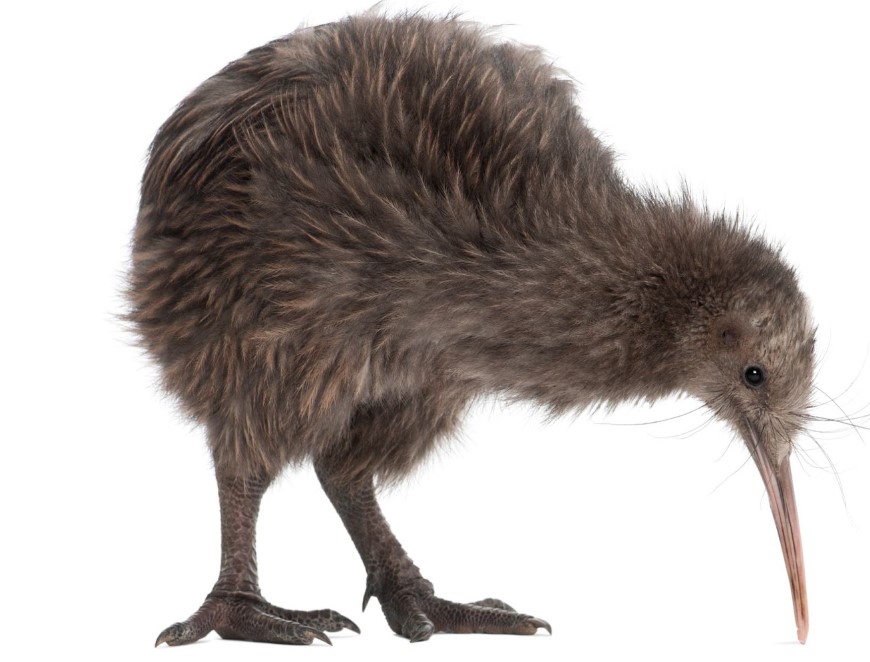
During World War I, New Zealand soldiers were called “Kiwis” due to their association with the Kiwi bird. The term was adopted as a term of endearment and pride, and over time, it became a common way to refer to all New Zealanders, not just the soldiers. The kiwi bird’s unique characteristics, like being flightless and found only in New Zealand, might have contributed to the sense of identity that the term “Kiwi” came to symbolize for the people of New Zealand.
7. New Zealand was the first country in the world to give women the right to vote.
New Zealand is the first country in the world to grant women the right to vote. This historic milestone was achieved in 1893 through the efforts of dedicated suffragists, notably Kate Sheppard and her contemporaries. Their tireless advocacy and determination culminated in the passing of the Electoral Bill, which extended the right to vote to all adult women, making New Zealand a trailblazer in the fight for gender equality.
This groundbreaking achievement marked a pivotal moment in the global suffrage movement and served as an inspiration for women’s rights activists around the world, paving the way for progress towards gender parity in political representation and social justice.
8. Nelson’s Blue Lake is the clearest in the world.
This crystal-clear phenomenon results from a combination of factors: its remote location in an unspoiled natural environment, minimal human activity in the area, and unique geological composition.
The lake’s waters are fed by pure glacial runoff and filtered through a dense layer of gravel and sediment, ensuring exceptional transparency. Scientific measurements consistently reveal visibility depths exceeding 260 feet (80 meters), allowing a mesmerizing glimpse into the underwater world.
9. Wellington is the world’s southernmost capital city.
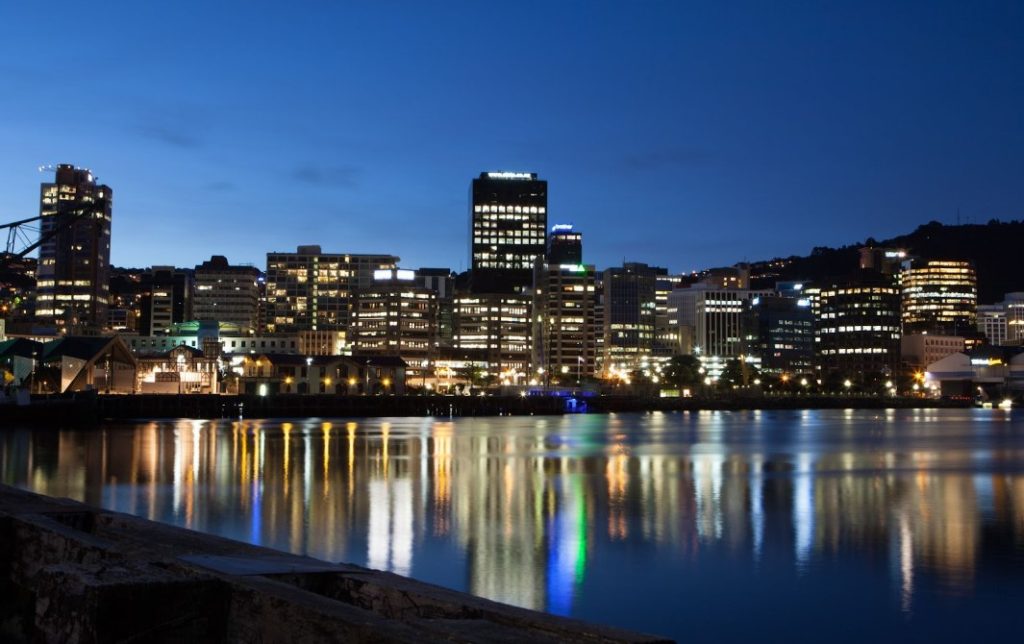
Wellington holds the distinction of being the world’s southernmost capital city. It is also considered the windiest city in the world. Nestled on the southern tip of New Zealand’s North Island, this vibrant urban center enjoys a unique geographical location.
With its picturesque harbor, cultural diversity, and thriving arts scene, Wellington combines stunning natural beauty with a dynamic cityscape. Surrounded by breathtaking landscapes, the city offers a blend of urban amenities and access to untouched wilderness, making it a truly remarkable and unparalleled capital at the southernmost edge of the globe.
10. About ⅓ of New Zealand is protected by national parks.
These pristine natural areas have been designated to preserve the country’s unique biodiversity, breathtaking scenery, and cultural heritage. From the rugged Southern Alps to the lush forests and picturesque coastal regions, these protected areas play a crucial role in maintaining the ecological balance.
They also provide outdoor enthusiasts and conservationists opportunities to explore and appreciate the country’s natural wonders. Some of the most notable national parks include:
- Fiordland National Park
- Tongariro National Park
- Abel Tasman National Park
- Aoraki / Mount Cook National Park
- Westland Tai Poutini National Park
- Kahurangi National Park
- Egmont National Park
11. New Zealand has more penguin species than any other country in the world.
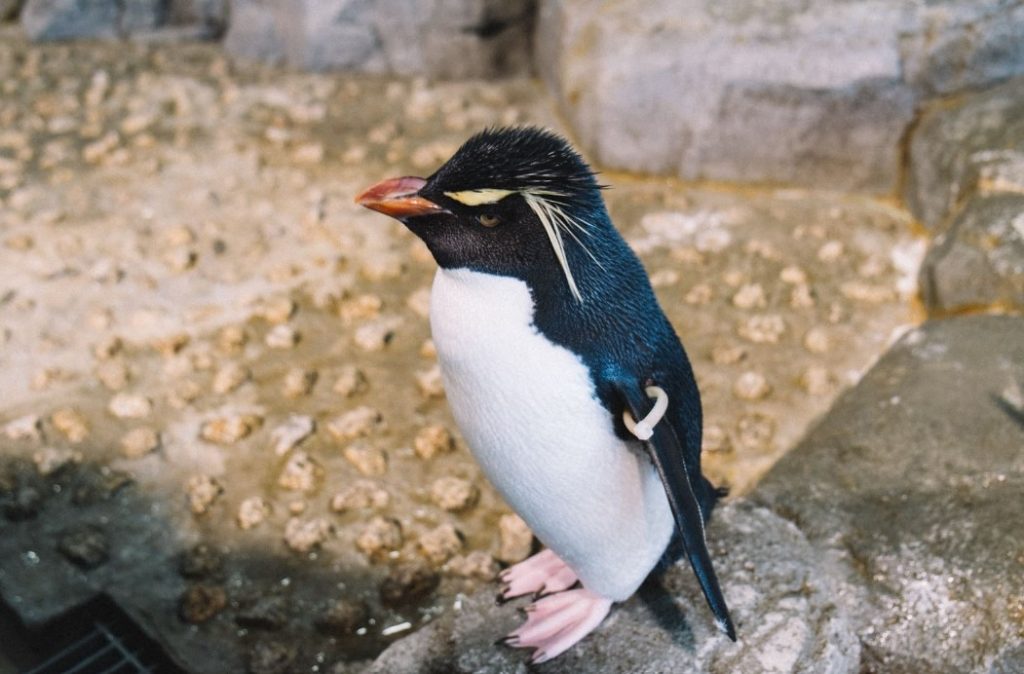
Situated in the southern reaches of the Pacific Ocean, these isolated islands and varied coastal landscapes provide an array of suitable habitats for different penguin species. Three main penguin species are endemic to New Zealand: the Yellow-eyed penguin, the Little Blue penguin, and the Fiordland Crested penguin. This country’s diverse climate zones and rich marine ecosystems offer a haven for these charismatic seabirds.
12. The Lord of the Rings was famously shot in New Zealand.
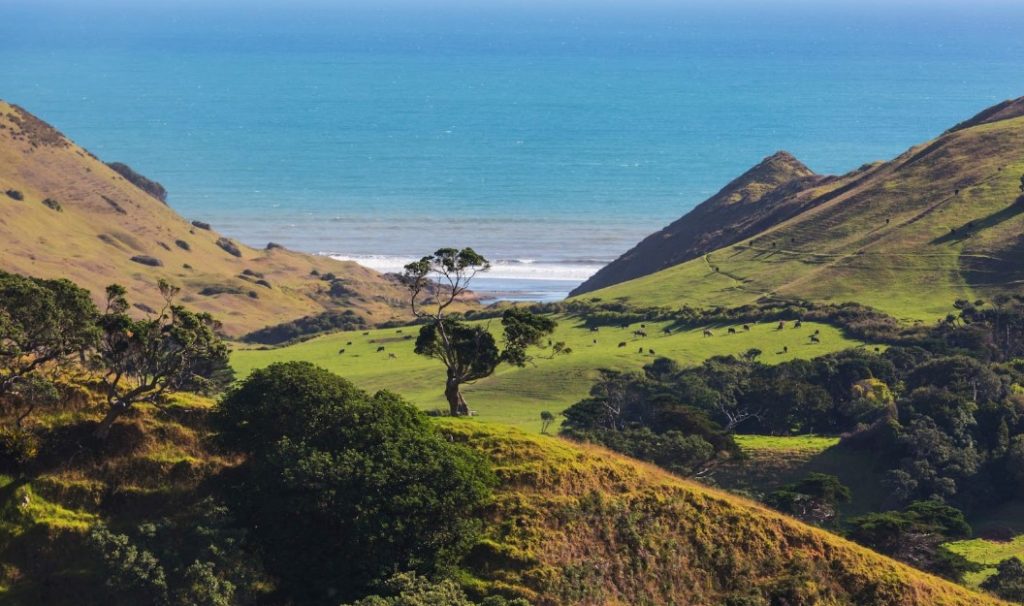
The filming of the “Lord of the Rings” trilogy in New Zealand held profound cultural significance for the nation. The breathtaking landscapes of New Zealand transformed into Tolkien’s Middle-earth, becoming more than just a backdrop; they became a point of pride.
The trilogy’s success spotlighted New Zealand’s natural beauty to the world, boosting tourism and creating a global identity as a cinematic paradise. Kiwis found themselves united by international recognition, fostering a sense of collective accomplishment.
The film industry burgeoned, leaving a lasting legacy of expertise. Beyond economic benefits, the trilogy wove its spirit into New Zealand’s cultural fabric, celebrating its enchanting landscapes and diverse communities.
Wrapping Up
New Zealand’s unique culture, stunning landscapes, and rich history make it a must-visit destination. We invite you to explore, learn, and create unforgettable memories in this beautiful corner of the world. New Zealand is waiting to amaze you!
